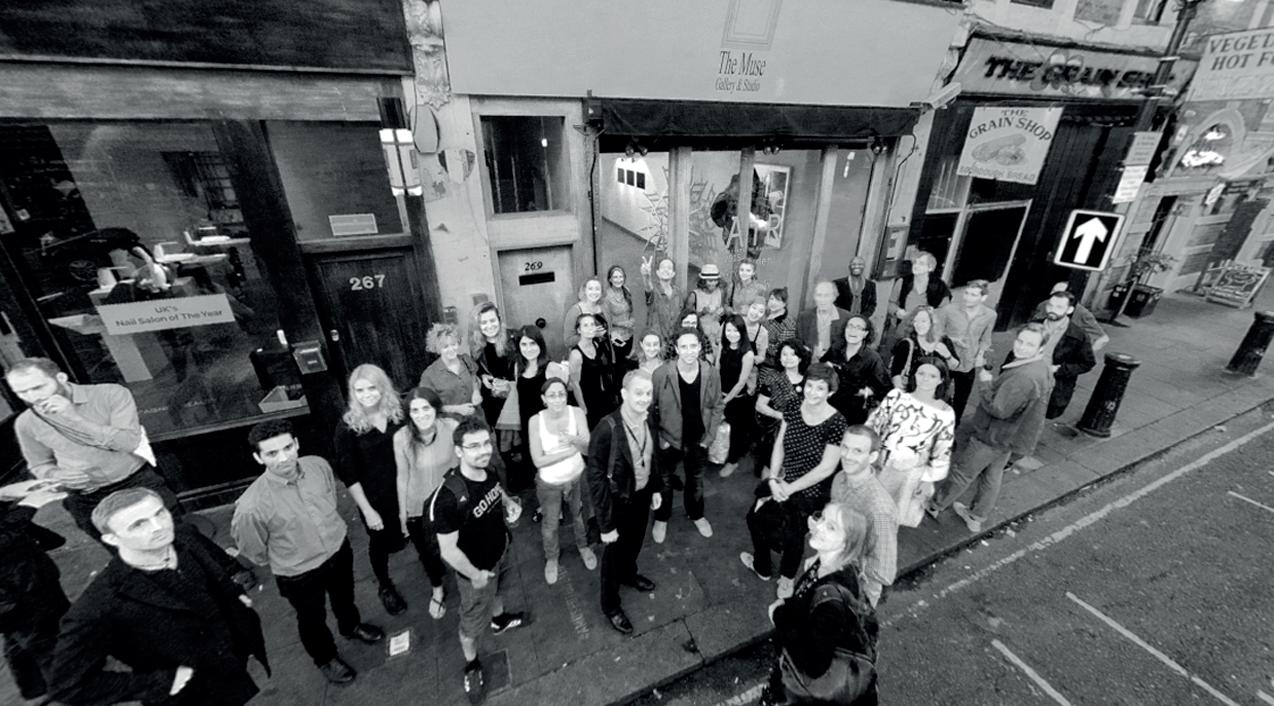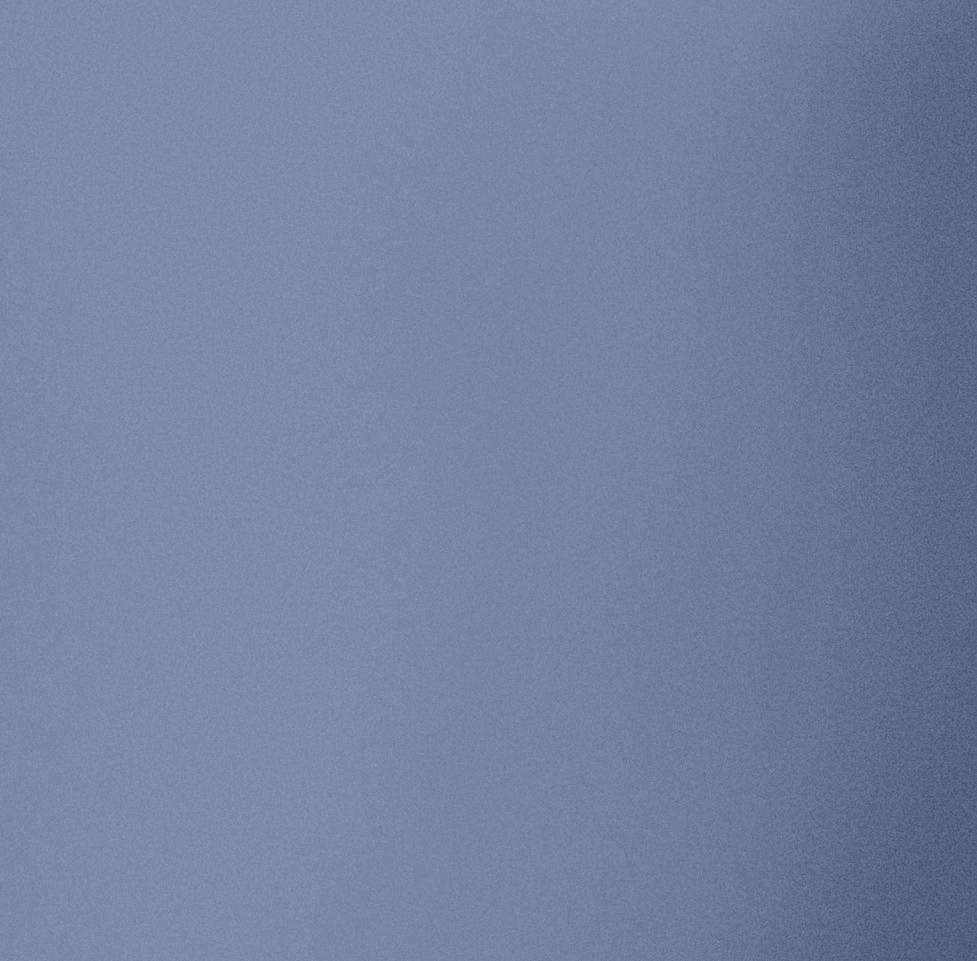
9 minute read
FEATURED ARTISTS
Isis Amlak Corinne Charton Chris Dawes Ian Hawgood Samantha Y. Huang Stijn Hüwels Ian Jeffreys Yuichiro Kikuma James Murray Josephine Cottrell Ian Robinson Amit Rai Sharma Yambe Tam Henryk ‘Hank’ Targowski Mark Tamer Piers Thompson
Advertisement
The Museletter is a bi-monthly tabloid, curated by The Muse Gallery. The objectives of the periodical are to spotlight life, arts and the counter-culture of West London; along side limited edition hard copy artworks, interviews, articles, and community insights. The Muse was established in 2003 as an artist-run gallery and studio with a programme centred around a residency program for recent graduates.`Artists are supported beyond their sixmonth residency at The Muse through group and solo shows along side established artists featured throughout the year. The programme in 2019, curated alongside the residency, places an emphasis on photography and its many iterations. The series features four photographers, with very different and individual approaches to capturing images; ranging from, early photography techniques, experiments with vintage materials and technology, to current digital processes. The shows cover a wide range of themes; representational and abstract, portraits, architecture – posed and incidental.
www.themuseat269.com/whats-on
The MUSE Gallery (UK Charity for the arts No. 1662300) 269, Portobello Rd. London W11 1LR www.themuseat269.com info@themuseat269.com Twitter: Muse_Gallery Instagram: Muse_at_269

MARK TAMER
This is it For nothing can be sole or whole That has not been rent. W.B. Yeats, Crazy Jane Talks With the Bishop
Scars have the strange power to remind us that our past is real. Cormac McCarthy, All the Pretty Horses
Look out honey, cause I’m using technology! Ain’t got time to make no apology Solar radiation in the dead of night Love in the middle of a fire fight Iggy and the Stooges, Search and Destroy
Mark is an experimental photographer working with both analogue and digital mediums. Through his work he is looking to find a balance between chance and control, and between; construction and destruction, signal and noise and ultimately, life and death. He embraces the accidents and errors as they not only remind us how vulnerable and delicate we are, they can often show us something new. It is at the point of breakdown that the medium begins to reveal itself. Through glitches and mistakes we get to see the base elements, the very construction of the material that creates those illusions of reality, the apparatus of photography itself.
EST. 2003

MARK TAMER Colour Polaroid 041
Imagine, you put on a solo exhibition and invite a hundred people. Ninety-nine people are indifferent; although, they didn’t tell you outright that they didn’t like your work, you sense it – it hurts. You begin to get anxious thinking about just how much time and money has effectively gone to waste in this pursuit of being an artist. But then, one last person comes along and tells you how much your work touched them; that, despite what other people think, you must “never give up”. You feel invigorated, vindicated even! With that one comment, you feel reassured that you’re doing the right thing. Why does this end up being the case for creative people? The following article will point to existing research and explore the idea that creative individuals may well (unintentionally) be victim to their own creativity.

Setting the scene, We fall in love with our creativity. And like love, we’re able to hate it as passionately as cherish it. We slowly begin to prioritize our creativity above other things; love that develops into a dedication and focus, sharpening the tools of our practice. It becomes obsession and through obsession, we begin to cultivate mastery. However, mastery doesn’t happen over-night – it takes time. And during this ‘time’ we inevitably expose ourselves and our work to public critique.
The effects, So then, what are the implications of this?
Well, investment starts early. Perhaps in school, or before, and the main investment is time. As we study more rigorously and begin to develop our careers, we invest financially; we buy materials, equipment and software. We pay for education, we rent studios, enter competitions, attend courses, art shows, museums, etc.
In our practice the outside-world can melt away. Our work gives us immediate feedback. We learn more about who we are each time, and so we allow ourselves more time to enjoy it and explore it. And if that happens enough times, we consider trying to make a career of it. In almost every case, once we’ve decided on pursuing a career in the arts, we’ve already made a value / identity assessment of ourselves and invested into it. In many ways, though it goes unsaid, we’re artists now – for better or worse.
From this point onwards, we are more likely to pursue art-adjacent opportunities, because we’ll value them higher on ‘Attainment’, ‘Interest’, and ‘Utility’ levels. However, it’s common for artists to ignore ‘Cost’ value. Why is this? Is it because we are driven so heavily to justify (and perhaps capitalise) on our initial investment as Rubeson and Runco suggest? Or is it because it’s partly balanced by the enjoyment and ‘flow’ achieved through our own practice? Viewing the creative pursuit through these lenses of value based cognitive assessment, brings to the forefront the heavy tax that comes to our judgements and decision making abilities. We, as humans, are constantly assessing and re-assessing all life choices in light of our ever-changing immediate positions. And these assessments are heavily swayed by the importance of our practice in our lives at that time.
It may be the reason why that one person is not just saying something nice, they’re in fact the viewpoint that aligns strongest with our identity; our sense of self-worth, and our sense of usefulness in this world. That viewpoint allows us to ultimately continue doing what brings us the most joy in the world.
drawing Amit Rai Sharma
The research, Daniel Rubenson and Mark Runco, in their ’92 paper; ‘A Psychoeconomic Approach To Creativity’, proposed the idea that personal investment of both money and time increases the value of our creative pursuits to us.
In his work on ‘flow’, Mihaly Csikszentmihalyi outlined the phenomenology of enjoyment as having eight components: 1 - realistic possibility for completion of task 2 - concentration on task 3 - clear goals 4 - immediate feedback 5 - awareness of ‘outside world’ removed through deep, effortless, involvement in task 6 - a sense of control over actions 7 - self is ‘lost’ in task, only to re-emerge with a stronger identity after task 8 - time vacuum
Not all components are necessary to achieve flow, but only ONE is required to increase enjoyment.
In the ‘80s, Jacqueline Eccles’ research was to do with how we value tasks. Her Subjective-Task Value (STV) model posits that our choices have 4 dimensions; - Attainment value; how close the choice will be to the sense of oneself - Interest value; how enjoyable the choice will be - Utility value; the perceived usefulness of the choice (especially how it fits with future plans) - Cost; to time & effort, finance, mental well-being, etc.
Further reading:
Runco, M. A. (2007). Motivation, competence, and creativity AND Eccles, J. S. (2007). Subjective task value and the Eccles etal. Model of achievement- related choices, both appear in A. J. Elliot & C. S. Dweck (Eds.), Handbook of competence and motivation. New York: London: Guilford.
Corinne Charton www.corinnecharton.com













1. What is the best place to have a morning coffee locally? My home 2. Where is a good spot to meet folks, anywhere? On many adult education courses and uni. 2. Where do you go for a walk, if you do? In Central London, sometimes I walk from home. If I take the tube or bus in it happens that I walk back home 3. Where do you go for a lunch, if you do? Cibo Restaurant, Russell Gardens. The best Italian in London 4. Is there anywhere you’d avoid after 7.00pm? If it is very cold or wet… I’ll avoid most places before and after 7.00pm. Otherwise… no. 5. How would you describe smell of Notting Hill? I wouldn’t 6. If Portobello Road was a flower…? Well it isn’t 7. Where would you take a kid for a few hours in the area (ideally yours). Holland Park 8. Where are the best places to see art in the Portobello Area? The Muse Gallery 9. If Portobello was a song, what would it be? I don’t know? However the movie Mary Poppins and its associated tune come to mind. 10. Do you think there is hope? For what? 11. What would you recommend doing before you die? Live! 12. Do you live locally? Kind of 13. Why did you move here? Fluke 14. Why do you stay here? No other options at the moment. 15. What do you do? Things related to living and more boring stuff like making a living. 16. Why do you do it? The First, because I like it and it is a privilege the other because I have to eat and pay my bills. 17. Any good books to recommend?
Camilla Grebe’s “After She’s Gone” Excellent “Scandi Noir” Gabriel García Márquez - 100 years of solitude. Primo Levi, if not now when?. Marcel Proust - À la recherche du temps perdu. Germaine Greer - The Obstacle Race. Svetlana Boym - The Future Of Nostalgia and Naomi Wolf’s - The Beauty Myth 18. What book is your favourite? I don’t have a favourite book. 19. If you were Queen, what would you change in the area? She has no powers to change anything, has she….? 20. If you left Notting Hill what would you take with you? My belongings and a few memories 21. Living in Notting Hill is like...? a little meh to be honest…. too much of a giant suburb for my liking. I prefer the center of London and other cities. 22. What film(s) influenced you the most?
Kelly Heroes. Scum. Rosemary’s Baby. Dr. Strangelove or: How I Learned to Stop Worrying and Love the Bomb. La combe, Lucien and Äppelkriget to name a few.. 23. If you were God (or for the atheists, the Universe), what would you say to humanity?
For the love of Me (as God) get your shit together and stop electing dumbasses with the moral integrity the depth of a gnat’s bidet and brains the size of an earwigs haemorrhoid 24. What makes you laugh?
Old Harrys Game (see above paraphrase) and Olivia Colman as Minka in Hutt 33. She’s absolutely hilarious!

